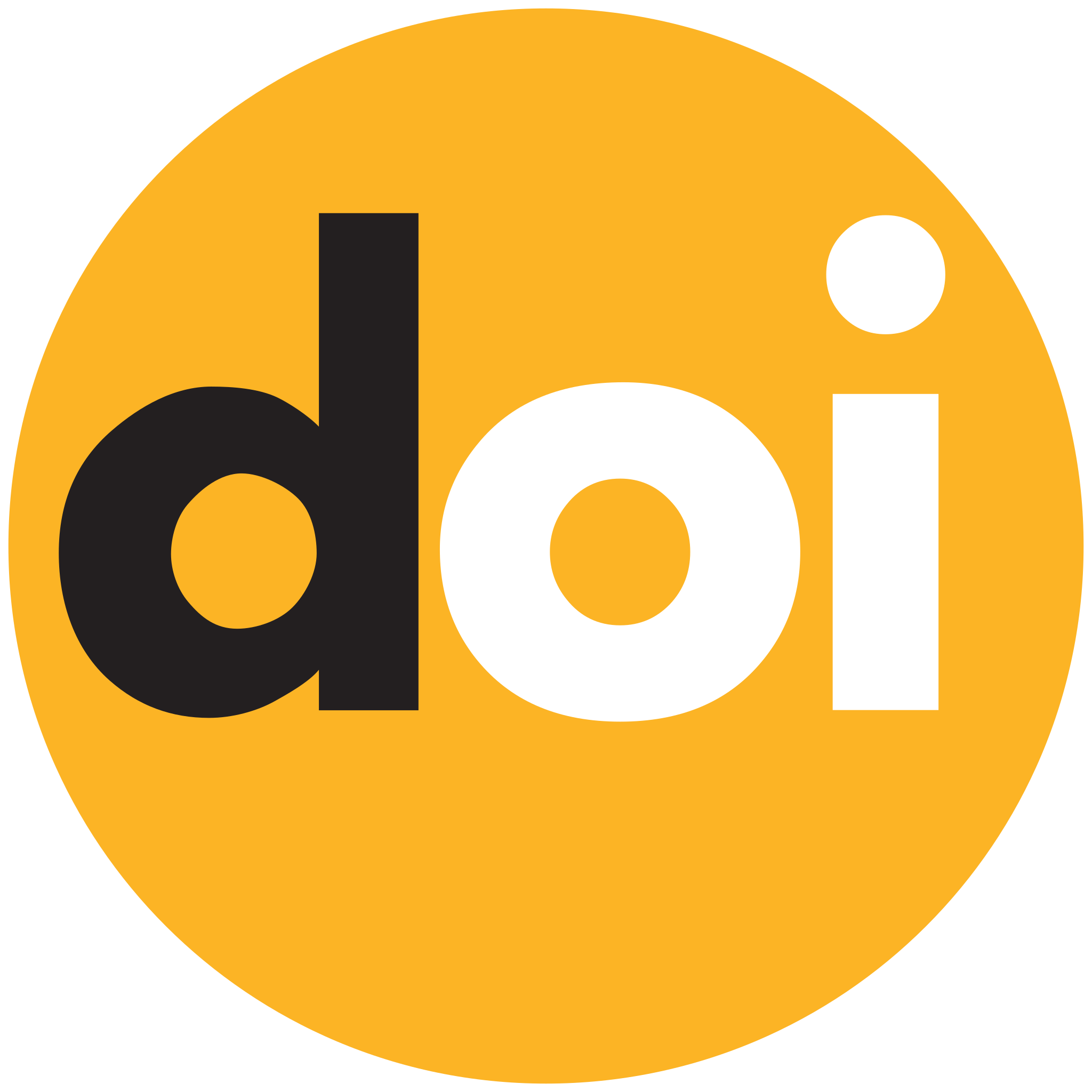Effects of Spider Cage Therapy on Motor Control in Children with Cerebral Palsy
DOI:
https://doi.org/10.55735/26f69916Keywords:
Cerebral palsy , Motor control, Spider cage therapyAbstract
Background: Cerebral palsy is a non-progressive neurological disorder characterised by abnormalities in posture and movement due to brain injury occurring during fetal life or postnatally. Its causes may include oxygen deficiency, jaundice, prematurity, or traumatic brain infections. Children with cerebral palsy often present with motor and sensory impairments, as well as visual, auditory, and cognitive deficits. Spider cage therapy, also known as the universal cage unit, is a three-dimensional metal structure used in rehabilitation protocols for neurological conditions such as cerebral palsy, stroke, spina bifida, and spinal cord injury. This therapy involves elastic cords attached to a belt at the waist of the child, supporting functional motor training including kneeling, half-kneeling, single-leg standing, and jumping. Objective: To evaluate the effects of spider cage therapy on motor control in children with hemiplegic cerebral palsy. Methodology: This randomised controlled trial included children aged 4 to 10 years diagnosed with hemiplegic cerebral palsy, assessed using the Gross Motor Function Classification System and the Modified Ashworth scale. Children with severe disabilities, seizure instability, mental retardation, multiple contractures, bone diseases, deformities, or a history of meningitis were excluded. Participants were recruited from Mubarak Medical Complex, Khawaja Arshad Hospital, and DHQ Sargodha. After obtaining informed consent, participants were randomly allocated into two groups using the lottery method. The experimental group received spider cage therapy along with general warm-up exercises, 5 days a week for 4 months, targeting motor control activities such as kneeling, half-kneeling, single-leg standing, and jumping. The control group received conventional physiotherapy, consisting of warm-up and stretching exercises, five days a week for four months. Assessments were conducted at baseline, 3 weeks, 6 weeks, and 9 weeks post-intervention. Results: The experimental group demonstrated greater improvement in motor control activities compared to the control group across all assessment points. This therapy contributed to enhanced postural stability and functional motor tasks. Conclusion: Spider cage therapy is an effective rehabilitation intervention for improving motor control in children with hemiplegic cerebral palsy. It provides postural support and resistance training that enhances motor function, particularly in weight-bearing and dynamic balance activities.
Downloads
References
1. Günel MK. Fizyoterapist bakış açısıyla beyin felçli çocukların rehabilitasyonu. Acta Orthop Traumatol Turc. 2009; 43(2): 173-80. DOI: https://doi.org/10.3944/AOTT.2009.173
2. Kwon TG, Yi S-H, Kim TW, Chang HJ, Kwon J-Y. Relationship between gross motor function and daily functional skill in children with cerebral palsy. Annals of Rehabilitation Medicine. 2013; 37(1): 41-9. DOI: https://doi.org/10.5535/arm.2013.37.1.41
3. Barcevičienė I. Telemedicinos panaudojimo teikiant reabilitacijos paslaugas cerebrinį paralyžių turintiems vaikams galimybės: Lithuanian University of Health Sciences (Lithuania); 2021.
4. Mannan I, Javed A, Afzal F, Ahmad B, Shah SNA, Rana AA. Effects of Functional Strength Training Using Universal Exercise Unit on Spasticity of Lower Extremities Among Children with Cerebral Palsy; A Quasi-Experimental Study: Functional Strength Training in Cerebral Palsy. The Healer Journal of Physiotherapy and Rehabilitation Sciences. 2023; 3(8): 756-61. DOI: https://doi.org/10.55735/hjprs.v3i8.157
5. Basu AP, Pearse J, Kelly S, Wisher V, Kisler J. Early intervention to improve hand function in hemiplegic cerebral palsy. Frontiers in Neurology. 2015; 5: 281. DOI: https://doi.org/10.3389/fneur.2014.00281
6. Bakhat W, Ahmed U, Asghar M, Hanif K, Bibi S, Ghani S. Effects of Expanded Constraint-Induced Movement Therapy on Hand Function in Children with Cerebral Palsy: A Randomized Controlled Trial: Constraint-Induced Movement Therapy in Cerebral Palsy. The Healer Journal of Physiotherapy and Rehabilitation Sciences. 2022; 2(2): 119-28. DOI: https://doi.org/10.55735/hjprs.v2i2.73
7. Ekvall SW, Ekvall S, Ekvall VK. Pediatric and adult nutrition in chronic diseases, developmental disabilities, and hereditary metabolic disorders: prevention, assessment, and treatment: Oxford University Press; 2017. DOI: https://doi.org/10.1093/acprof:oso/9780199398911.001.0001
8. Guzzetta A, Fazzi B, Mercuri E, Bertuccelli B, Canapicchi R, van Hof-van Duin J, et al. Visual function in children with hemiplegia in the first years of life. Developmental Medicine and Child Neurology. 2001; 43(5): 321-9. DOI: https://doi.org/10.1111/j.1469-8749.2001.tb00212.x
9. Gordon AM, Charles J, Steenbergen B. Fingertip force planning during grasp is disrupted by impaired sensorimotor integration in children with hemiplegic cerebral palsy. Pediatric Research. 2006; 60(5): 587-91. DOI: https://doi.org/10.1203/01.pdr.0000242370.41469.74
10. Gorter JW, Rosenbaum PL, Hanna SE, Palisano RJ, Bartlett DJ, Russell DJ, et al. Limb distribution, motor impairment, and functional classification of cerebral palsy. Developmental Medicine and Child Neurology. 2004; 46(7): 461-7. DOI: https://doi.org/10.1111/j.1469-8749.2004.tb00506.x
11. Afzal F, Gulraiz Q, Manzoor S. Role of Spider Cage in Motor Control in Cerebral Palsy. Int J Phys Med Rehabil. 2017; 5(2). DOI: https://doi.org/10.4172/2329-9096.1000420
12. Masood F, Khan MSG, Afzal F, Rashid A, Mubarak S. Effects of spider cage therapy in combination with conventional speech therapy on speech and language function in children with cerebral palsy of age between 05 and 15 years. Journal of Pharmaceutical Research International. 2021; 33: 145-9. DOI: https://doi.org/10.9734/jpri/2021/v33i41A32312
13. Latif A, Shah SM, Shabbir S, Nawab A. Effects of Trunk Strengthening Exercises on Static Sitting Balance in Children with Quadriplegic Cerebral Palsy: Trunk Strengthening Exercises in Quadriplegic Cerebral Palsy. The Healer Journal of Physiotherapy and Rehabilitation Sciences. 2023; 3(7): 682-8. DOI: https://doi.org/10.55735/hjprs.v3i7.188
14. Syed H, Shamim Q, Niaz T, Dastgir H, Ilyas A, Rasul A. Reliability of Modified Ashworth Scale as compared to Modified Tardieu Scale on Assessment of Lower Limb Spasticity in Children with Diplegic Cerebral Palsy: Reliability of Ashworth Scale in Cerebral Palsy. The Healer Journal of Physiotherapy and Rehabilitation Sciences. 2023; 3(7): 696-702. DOI: https://doi.org/10.55735/hjprs.v3i7.183
15. Saravanan S, Alagesan J. Effectiveness of Spider Cage Therapy for Balance Control in Spastic Diplegic Cerebral Children: A Pilot Study. Indian Journal of Physiotherapy & Occupational Therapy. 2024; 18. DOI: https://doi.org/10.37506/q1mewq56
16. Gamit SB, Sutaria JM. Effect of Spider Therapy on Motor Functions and Balance in Cerebral Palsy Evidence Based Study. International Journal of Science and Healthcare Research DOI: https://doi org/1052403/ijshr. 2021; 20210722. DOI: https://doi.org/10.52403/ijshr.20210722
17. Sarhan EE, Khatwa AMA, Ibrahim MB, Salamah A, Abdullatif HM, Ramadan SMM, et al. Effect of virtual reality in spider cage on gross motor performance and balance in children with spastic diplegia. Revista Iberoamericana De Psicología Del Ejercicio Y El Deporte. 2024; 19(4): 407-11.
18. O’Sullivan SB, Schmitz TJ. Arthritis. Physical Rehabilitation, 5th edition. Philadelphia: FA Davis Company. 2007: 1057-90.
19. Gordon AM, Charles J, Wolf SL. Methods of constraint-induced movement therapy for children with hemiplegic cerebral palsy: development of a child-friendly intervention for improving upper-extremity function. Archives of Physical Medicine and Rehabilitation. 2005; 86(4): 837-44. DOI: https://doi.org/10.1016/j.apmr.2004.10.008
20. Glowinski S, Blazejewski A. Spider as a rehabilitation tool for patients with neurological disabilities: The preliminary research. Journal of Personalized Medicine. 2020; 10(2): 33. DOI: https://doi.org/10.3390/jpm10020033
21. Kaushik K, Kumar K. Effect of Cage Therapy using Advanced Spider Suit Compared to Traditional Physical Therapy on Gross Motor Function in Children with Cerebral Palsy–An Indian Experience. International Journal of Neurorehabilitation. 2016; 3(1000193): 2376-0281.1000193. DOI: https://doi.org/10.4172/2376-0281.1000193
22. Ahmad S, Mukhtar MF, Habib H, Arshad F, Azfar H, Ghafoor IA, et al. Effects of spider cage therapy on motor control of hemiplegic cerebral palsy children.
19. Park EY, Kim WH. Effects of task-oriented training with Spider Cage on gross motor function and trunk control in children with spastic cerebral palsy. Developmental Neurorehabilitiation. 2021;24(3):199–205.
20. Aydoğan S, Bek N, Demirel A. Effects of intensive cage-based rehabilitation on functional motor outcomes in children with hemiplegic cerebral palsy. Turkish Journal of Physical Medicine and Rehabilitation. 2022;68(1):78–85.
21. Huang HH, Chen CL, Hsu HC, et al. Muscle activation patterns in children with cerebral palsy during spider cage–assisted gait. Clinical Biomechanics. 2020;73:131–7.
22. López M, Badillo C, González V, et al. Aquatic-based Spider Cage therapy in pediatric rehabilitation: a case-controlled pilot study. Journal of Pediatric Rehabilitation Medicine. 2023;16(1):55–62.
23. Rezvani MH, Mozaffari SF, Bagheri H. Effect of combined hippotherapy and Spider Cage therapy on balance and postural control in CP children. Iranian Journal of Child Neurology. 2022;16(2):47–54.
24. Chang JH, Hwang JH, Lee EJ. Effects of electrical stimulation combined with Spider Cage therapy on gait and motor function in children with mixed CP. Neuropediatrics. 2020;51(4):273–8.
25. Demirci E, Koseoglu F, Yıldız N. Effectiveness of biofeedback-assisted Spider Cage therapy in children with spastic hemiplegia: a randomized controlled trial. European Journal of Paediatric Neurology. 2023;37:91 8.

Downloads
Published
License
Copyright (c) 2025 The Healer Journal of Physiotherapy and Rehabilitation Sciences

This work is licensed under a Creative Commons Attribution 4.0 International License.














